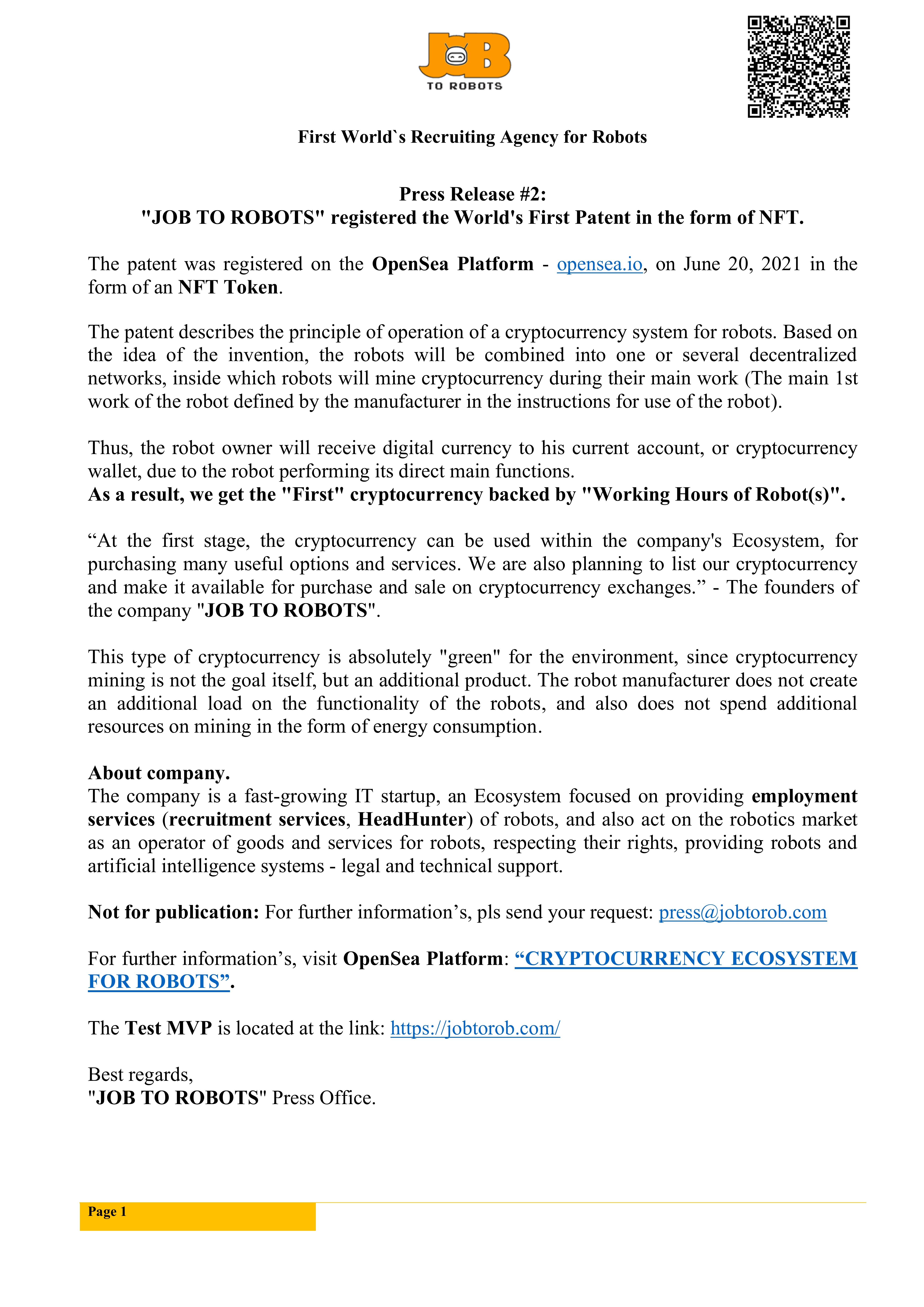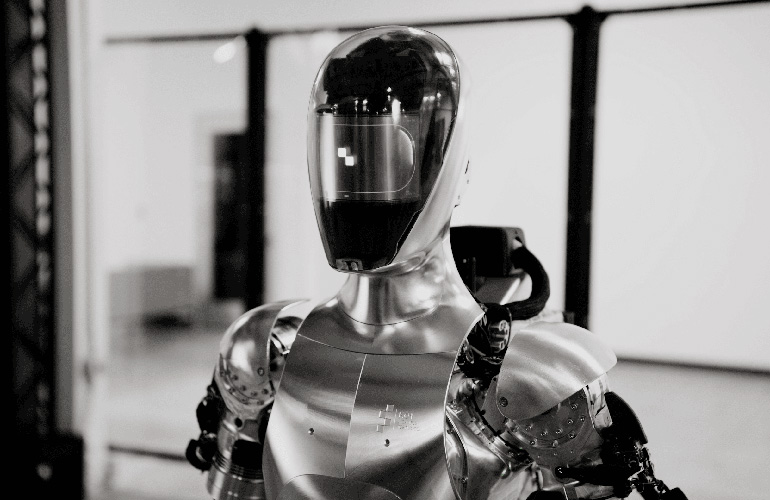India's Chandrayaan-3 moon probe has achieved a historic first by detecting seismic activity on the lunar surface. Recorded by the Vikram lander, these unprecedented readings provide valuable insights into the Moon's composition and internal dynamics. The implications are far-reaching, from elucidating geological phenomena to informing future exploration.
On August 23, 2023, the Indian Space Research Organization's Chandrayaan-3 spacecraft made a pioneering controlled landing near the Moon's south pole. While an impressive technical feat, this marked only the beginning of scientific discovery. For instance, the onboard Pragyan rover unexpectedly detected sulfur.
Now, ISRO reports the Vikram lander captured unexpected fluctuations indicative of lunar quakes. This suggests the Moon isn't inert but rather experiences seismic shifts akin to earthquakes, opening new windows into its internal activity and evolution.
At just 26 kg, Pragyan packs advanced instrumentation for diverse objectives. Meanwhile, Vikram’s Instrument for Lunar Seismic Activity (ILSA) was designed specifically for studying moonquakes. On August 25, it recorded initial vibrations. On August 26, a phenomenon resembling a natural moonquake occurred. Its source remains under study.
Unlike earthly quakes from tectonic plates, lunar seismicity stems from tidal forces producing crustal fractures and friction. Analyzing this offers insights into the Moon's geological processes. Beyond seismicity, Chandrayaan-3 found elements like sulfur at the relatively sun-shielded south pole, elucidating the Moon's mineral composition and history. This benefits future missions requiring lunar surface knowledge.
For now, both craft are in hibernation during the two-week lunar night where temperatures drop sharply. On September 22, Vikram and Pragyan will reawaken via their solar panels to continue south pole activities.
Chandrayaan-3's seismic discovery demonstrates that 50 years after Apollo, the Moon retains mysteries. As India's space program pursues pioneering lunar science, findings like the first observed moonquakes open new chapters in our understanding of Earth's nearest celestial companion.


















